Champagne Charles Heidsieck is set to release revamped expressions of its Brut Reserve and Rosé Reserve variants in the U.S. next month. The “newly refined” Charles Heidsieck Brut ($65) and Rosé ($80) are made from equal proportions Chardonnay, Pinot Noir and Pinot Meunier. Both are aged for more than three years and are packaged in newly designed bottles made in the shape of magnums. The new Brut and Rosé offerings’ labels are a recreation of a 1926 vintage label found on bottles in Charles Heidsieck’s cellars in Reims. Rémy Cointreau USA serves as Charles Heidsieck’s U.S. importer.
Source: Shanken






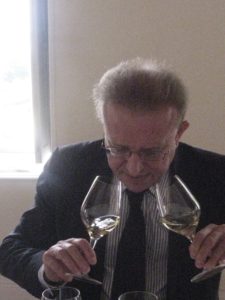
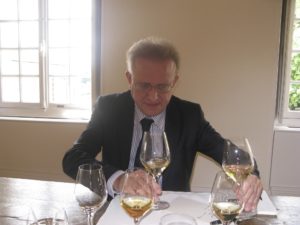
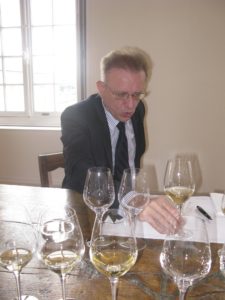
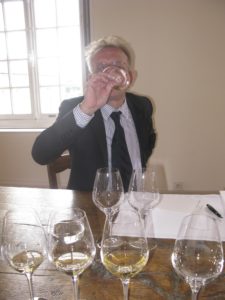
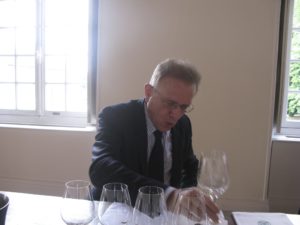
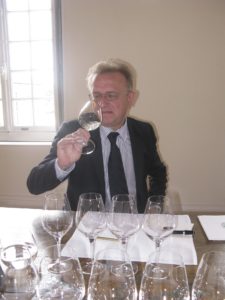
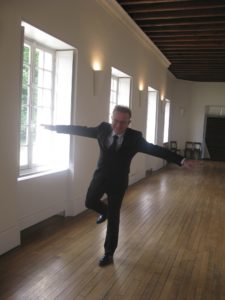
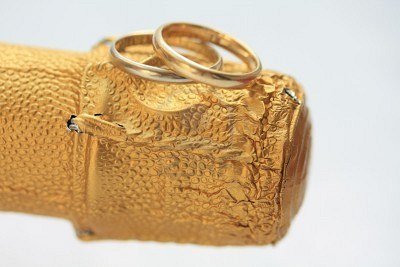 Selecting the right effervescent is a must for your wedding as it is the first bottle to be opened ….but not all bubbly is the same! While there are many quality sparkling wines produced around the world, true Champagne only comes Champagne France!
Selecting the right effervescent is a must for your wedding as it is the first bottle to be opened ….but not all bubbly is the same! While there are many quality sparkling wines produced around the world, true Champagne only comes Champagne France!